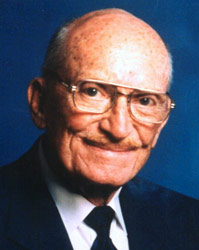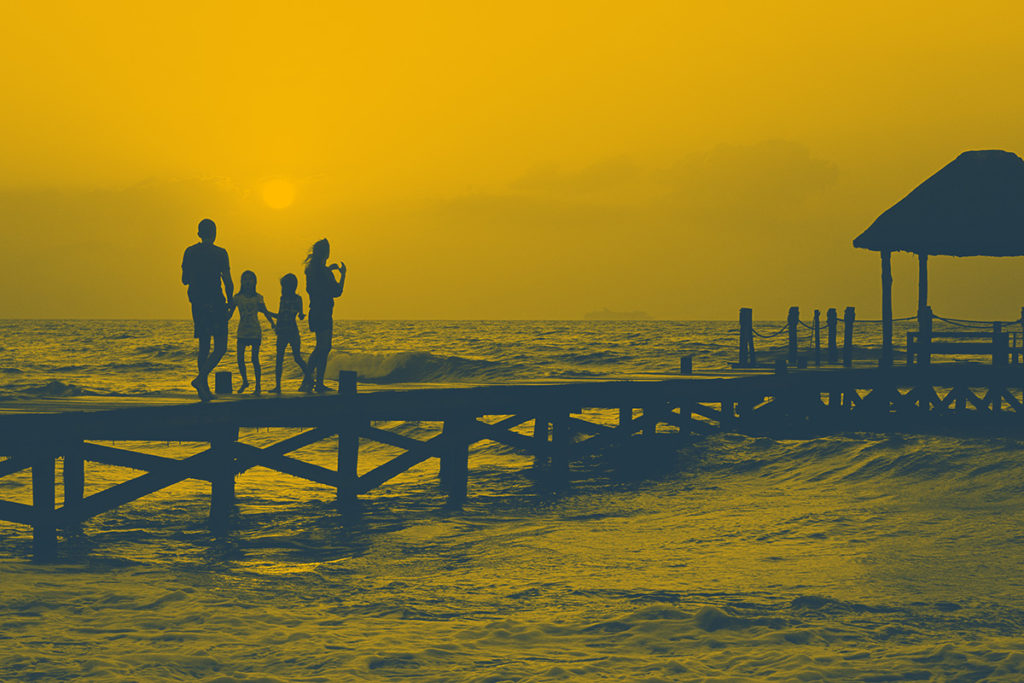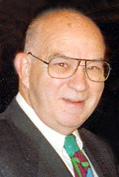Register for this year's meeting
Exhibitor Registration
Abstract Submissions
To submit an abstract for presentation at the 2018 Western Neurosurgical Society annual meeting, please complete the Abstract Submission Form and a Disclosure Form by May 1, 2018.
Next, complete the Abstract Form 2018 which is on the Website and save it to your computer and then complete the Abstract Text Form also on the Website.
Email your completed Abstract Submission Form, the Abstract Form and the Abstract Text (in Microsoft Word format) as attachments to an email to Dr. Gordon Li (gordonli@standford.edu). If you have questions, please contact Emily Schile (Emily.westnsurg@gmail.com) or Dr. Li. The Scientific Program Committee will review all abstracts and notify authors of its decision by email in June 2018.
Resident Awards
All neurosurgery resident abstracts will be considered for the resident awards.
Basic Science Award: The best basic science paper submitted
Clinical Science Award: The best clinical science paper submitted
The recipient and spouse/partner of the Resident Award(s) will be guests of the Society, which will pay for the round trip travel, accommodation and registration at the meeting.
The Cloward Medal
The Cloward Medal is established in Honor of Ralph Bingham Cloward (1908-2000) caring physician, master neurosurgeon, passionate teacher and creative genius to recognize in others his traits and capacity for epochal innovation and pioneering application.

Ralph Bingham Cloward 1908-2000
Ralph Bingham Cloward was a member of the Western Neurosurgical Society for 40 years and served as its President in 1975. To say he and his wife Flossie were fond of the Western would be gross understatement. After his death in 2000 (in which Flossie preceded him), a number of Society members were desirous of creating an award in his name which would include a medal akin to the Cushing medallion awarded by the AANS. It was felt that Ralph’s innovative talents and pioneering efforts to establish anterior cervical and posterior lumbar interbody fusion plus the numerous instruments he devised was just cause to honor him in perpetuity by bestowing an award upon neurosurgeons from around the world who also exemplified such capacity for epochal innovation and pioneering application. In 2002, the Society established the award with the gracious assistance of the surviving Cloward family.
Ralph Cloward was born in Salt Lake City, Utah, in 1908. He completed his undergraduate studies at the Universities of Hawaii and Utah and his medical education at the University of Utah and then at Rush Medical School in Chicago. He interned at St Luke’s Hospital, Chicago, and then trained to become a neurosurgeon under Professor Percival Bailey, at the University of Chicago. He began his practice of neurology and neurosurgery in the Territory of Hawaii in 1938. He was the only American neurosurgeon available in the Pacific theater during WWII and was very busy from December 7th 1941 onward.
His academic accomplishments include visiting professorships at the University of Chicago, University of Oregon, University of Southern California, and Rush Medical School. He was Professor of Neurosurgery at the John A. Burns School of Medicine at the University of Hawaii. He is the author of numerous papers and book chapters and has lectured and operated all over the world.
Dr Cloward’s pioneering contributions encompass many areas of neurosurgery, but his enduring interest was the spine, where he devised three major operations. He first performed the posterior lumbar interbody fusion in 1943, reporting it in the Hawaiian Territorial Medical Association in 1945 and publishing it in the Journal of Neurosurgery in 1953. His unique approach for treating hyperhydrosis was reported in 1957. Independently, he conceived an anterior approach to the cervical spine, devised instruments for its implementation, and published his classic paper in the Journal of Neurosurgery on anterior cervical discectomy and fusion in 1958. He designed over 100 surgical instruments which continue to be used today by practicing neurosurgeons.
Throughout his career, he educated the international community of neurosurgeons in the performance of the operations he devised. He contributed his time generously to patients who have been healed by his operations in the US and throughout the world. Hundreds of thousands of patients have benefited both directly and indirectly from his technical genius, insight, and enthusiasm as a teacher.
Award recipients are provided travel, accommodation and registration expenses and present a special lecture on a topic of their choice during the meeting at which they receive the Award and medal.
After graduating Phi Beta Kappa in chemistry from Emory in 1980, Dr. Weinand attended St. Louis University School of Medicine, graduating in1984. He completed his neurosurgery residency at the University of Kansas in 1990. After a short stint as a clinical instructor at the University of Tennessee, he moved to Tucson, AZ in 1991 where he advanced from Assistant Professor to full Professor of Neurosurgery by 2002. He currently practices in Tucson in the Division of Neurosurgery at the University of Arizona College of Medicine. He has been the only program director at the University of Arizona neurosurgery residency which he founded in 2003. He served as Chief of the Division of Neurosurgery from 2004-2009. His practice interests include Neuro-Critical Care, Neurotrauma, Epilepsy Surgery and Surgical Pain Management and he has authored more than 100 peer-reviewed journal articles and book chapters.
Dr. Weinand is a member of the American Association of Neurological Surgeons, The Congress of Neurological Surgeons, and the American Epilepsy Society. He has served as a guest examiner for the American Board of Neurological Surgeons. He served as a neurosurgery representative on the American College of Surgeons’ Committee on Trauma.
Marty is married to his lovely wife, Shauna, who has worked as a neurotrauma ICU nurse for 16 years. She has nearly completed her graduate studies at the University of Arizona for her Doctorate in Nursing Practice (DNP). He has three children from his first marriage to Marcy Ann Coady, MD, a private practice psychiatrist whose untimely passing occurred in 2007. His oldest child Michael Alexander, is a physical therapist practicing in Philadelphia; a second son Jamie Drew is a first year Family Practice resident in the Southern New Mexico Family Practice Residency program in Las Cruces, NM, and his youngest is daughter Lauren Marie, a third year medical student at the University of Arizona in Tucson.
Marty enjoys swimming laps and working out with a trainer as an antidote to his long busy days. His favorite hobby is working in his lab where he does gene expression research in epilepsy. He enjoys traveling and is an avid reader.
As our new President, Dr. Weinand plans to:
- Emphasize increasing the membership of the Society.
- Nurture younger members to get involved in leadership of the Society.
- Grow corporate participation in support of the Society and its annual meetings.
Dr. Weinand has been an outstanding leader throughout his career. We look forward to his steady guidance and inspired leadership this year as President.
--Bill Ganz
WNS Communications Committee


